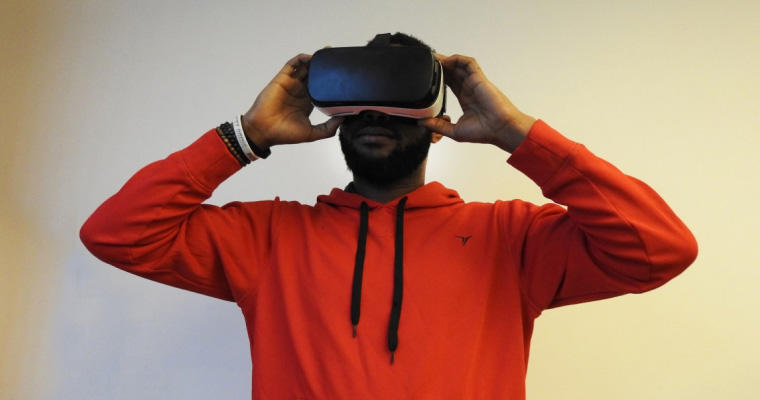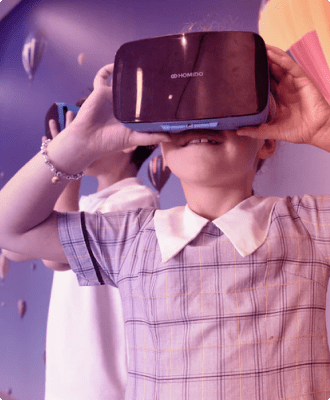Virtual Reality Consoles in 2025: The Next Frontier of Immersive Gaming
Virtual reality (VR) consoles have transformed gaming and entertainment, and by 2025, they are poised to redefine immersion with cutting-edge advancements. As technology evolves, VR consoles are becoming more accessible, powerful, and versatile, blending gaming with applications in fitness, education, and social interaction. Here’s a look at the state of VR consoles in 2025, highlighting key players, innovations, and what lies ahead.
The VR market in 2025 is dominated by a few standout consoles. Meta’s Quest 3, launched in 2023, remains a leader due to its wireless design and robust ecosystem. By 2025, Meta has likely released iterative updates, enhancing the Quest 3’s mixed reality (MR) capabilities with sharper displays (potentially 4K per eye) and improved passthrough for seamless real-world integration. Priced around $500, it balances affordability with performance, making it a favorite for casual and hardcore gamers. The Quest ecosystem thrives on a vast library of games like Beat Saber and new MR experiences, with cloud streaming expanding access to high-end titles.

Sony’s PlayStation VR2, also debuted in 2023, continues to shine for console gamers. Paired with the PS5, it offers stunning visuals via OLED displays and precise tracking with Sense controllers. By 2025, Sony has likely expanded its VR game library, with exclusives like Horizon Call of the Mountain driving adoption. Priced at around $550, the PSVR2 targets premium users, though its wired setup may feel limiting compared to standalone rivals. Rumors suggest Sony could introduce a wireless adapter or a PSVR2 Pro by late 2025, boosting performance for next-gen PS5 titles.
Emerging players are shaking up the market. Valve’s rumored “Deckard” headset, speculated for a 2025 release, could challenge Meta with a standalone device leveraging SteamVR’s vast library. Built on the success of the Steam Deck, it may offer hybrid PC-VR capabilities, appealing to enthusiasts seeking high-fidelity experiences. Meanwhile, Apple’s Vision Pro, though not a traditional gaming console, influences VR trends with its $3,499 price tag and spatial computing focus. By 2025, a more affordable Vision Pro Lite could lower the entry barrier, blending VR and augmented reality (AR) for gaming and productivity.
Technological advancements define 2025’s VR landscape. Eye-tracking and foveated rendering, standard in PSVR2 and high-end headsets, optimize performance by rendering only where users look, enabling richer visuals on modest hardware. Lightweight designs and improved battery life (up to 4 hours on standalone devices) enhance comfort, while AI-driven avatars and social platforms like Horizon Worlds create immersive multiplayer experiences. However, challenges remain: high costs, motion sickness, and the need for killer apps to justify investment.
Looking ahead, VR consoles in 2025 are more than gaming devices—they’re gateways to virtual worlds. With 5G integration and cloud gaming, accessibility is improving, but mainstream adoption depends on affordability and content. Whether you’re slashing blocks in VR rhythm games or exploring digital landscapes, 2025’s VR consoles promise an exhilarating future.


